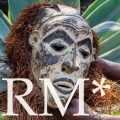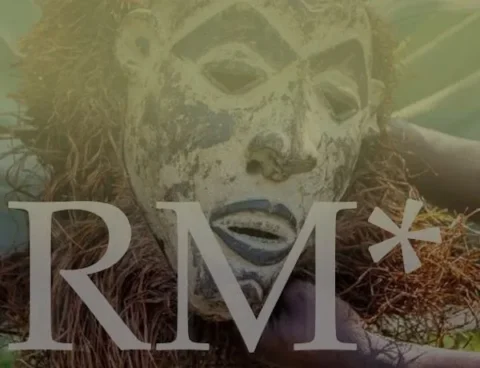Debates around the ownership of cultural heritage and decolonizing museums have become increasingly visible and polarizing in the public domain, leading to attempts to redefine the term “museum” itself.
This hypervisibility of Tibetan objects in museums and the market raises a fundamental question: Why is so much of Tibet’s material heritage circulating outside Tibet, displaced from its original place of worship and practice, and so far removed from Tibetans?
The complex colonial entanglement of museum collections in the Global North has led to a growing body of scholarship suggesting that museums must engage with the communities to which these objects originally belonged as a form of symbolic reparation and restorative justice.
In her seminal text The Museum on the Roof of the World: Art, Politics, and the Representation of Tibet (2012), Clare Harris highlights that the hypervisibility of Tibetan objects is due to the extensive scale of displacement of Tibetan heritage from the Tibetan landscape and people through repeated waves of extraction of objects in a “doubly colonial” context, that of both British and Chinese looting in the twentieth century.
She articulates that Tibet is a possibly unique example of being “doubly colonial” as before the People’s Republic of China assimilated Tibet, it witnessed a British colonialist intervention in the form of the Younghusband “Expedition” of 1903–4.
These repeated waves of pillaging have physically deprived Tibet of significant quantities of its material heritage, which is now found primarily in Western or Chinese museums and private collections worldwide, not in Tibet itself.


